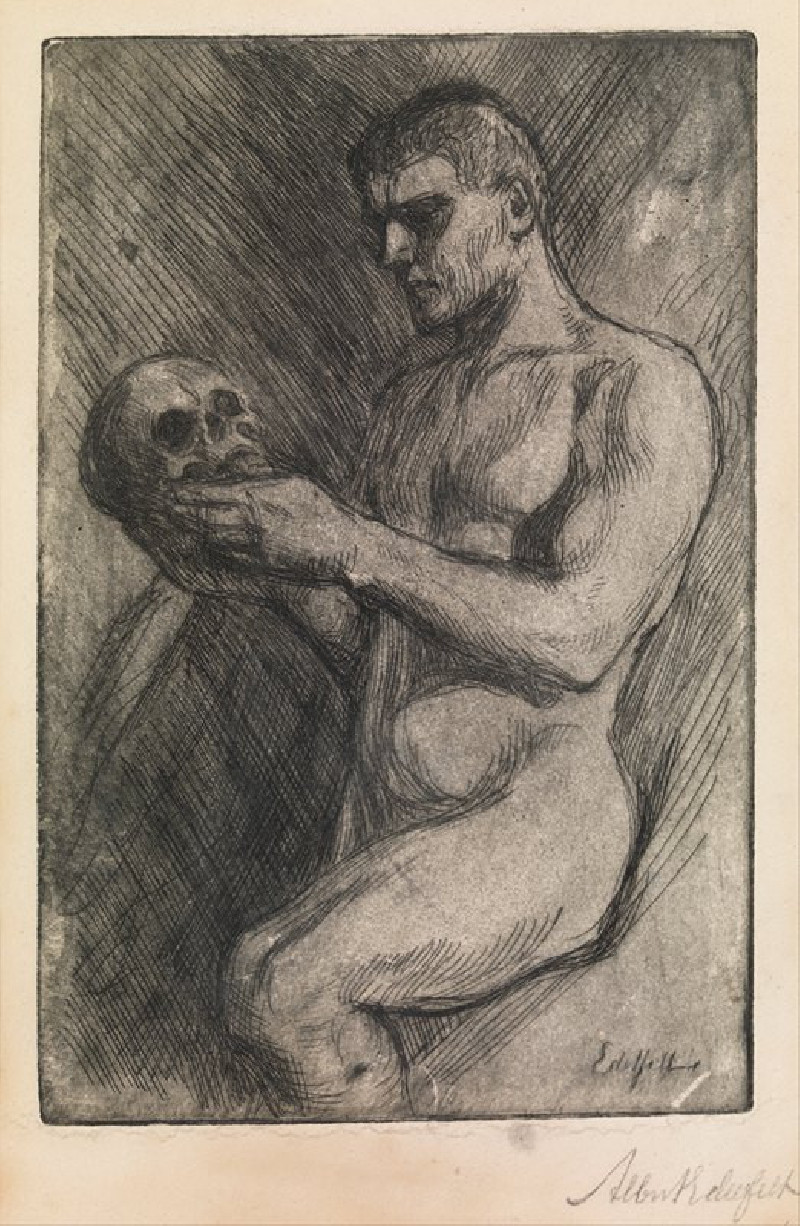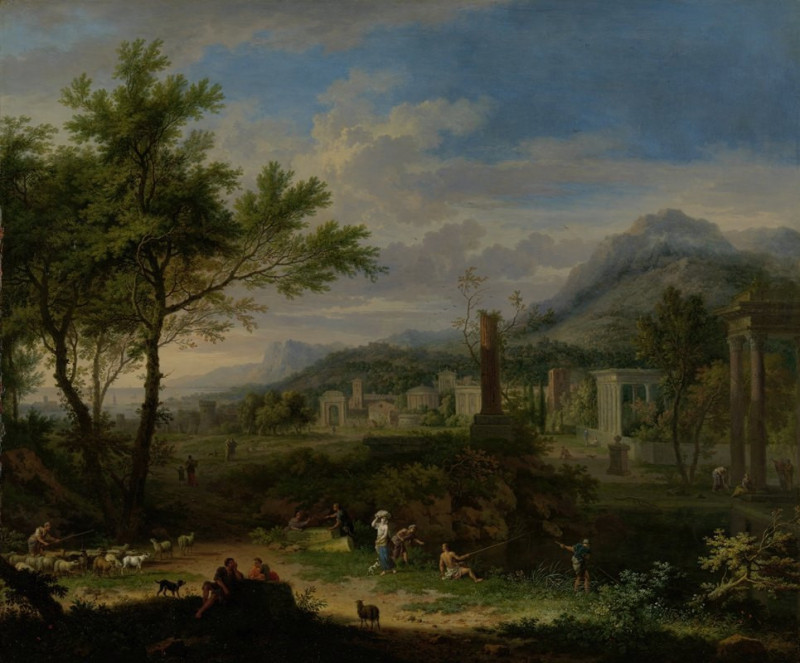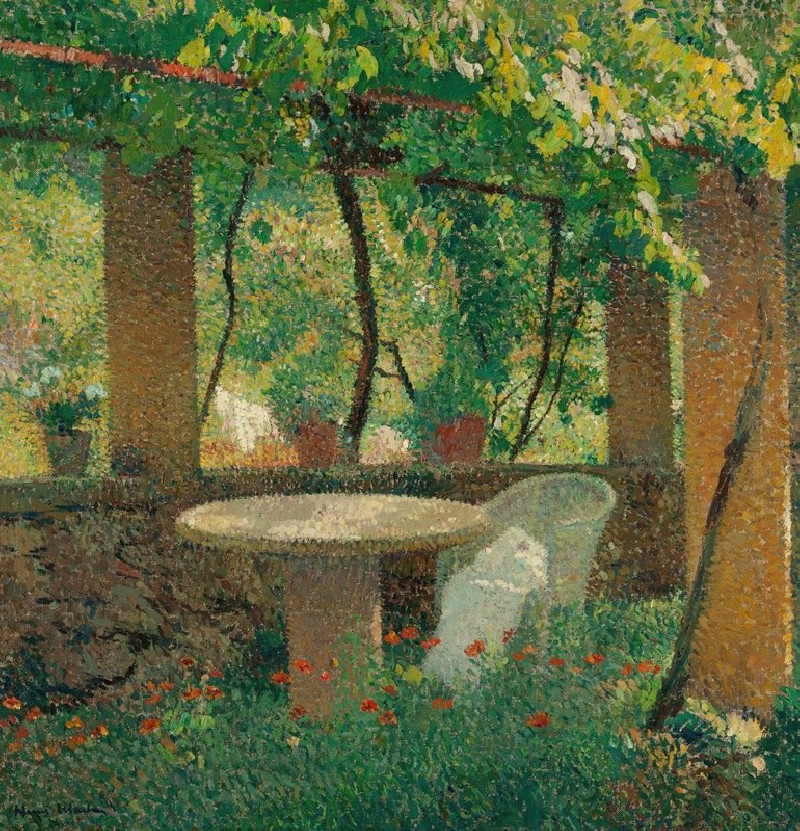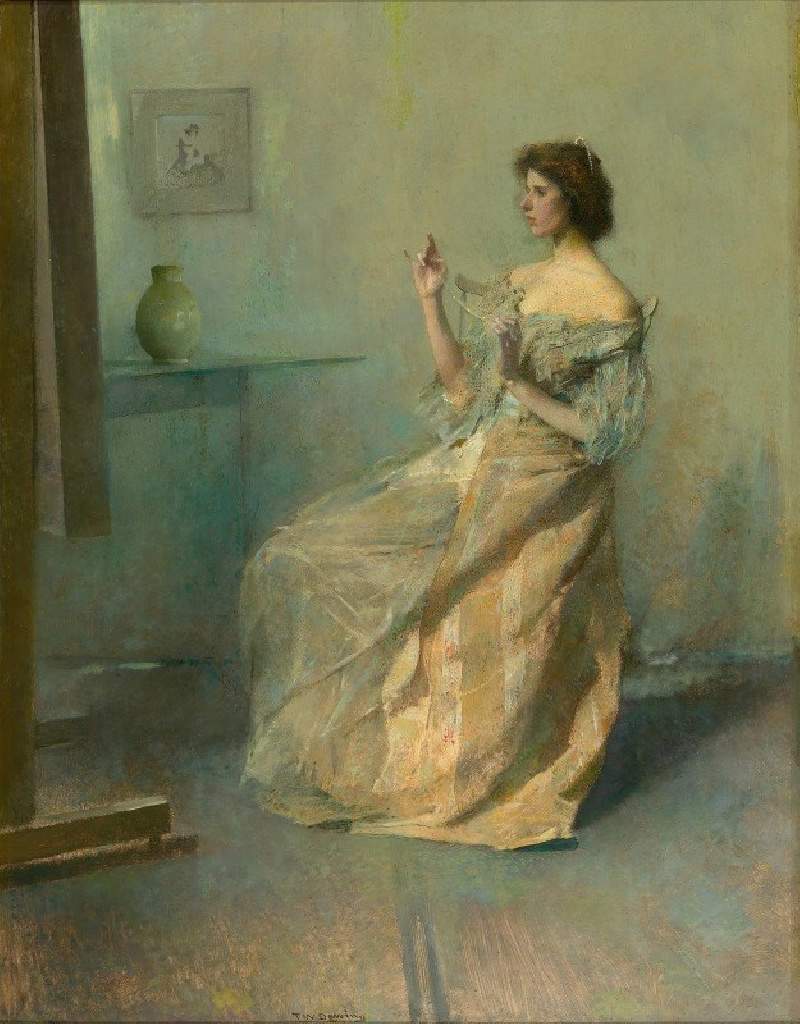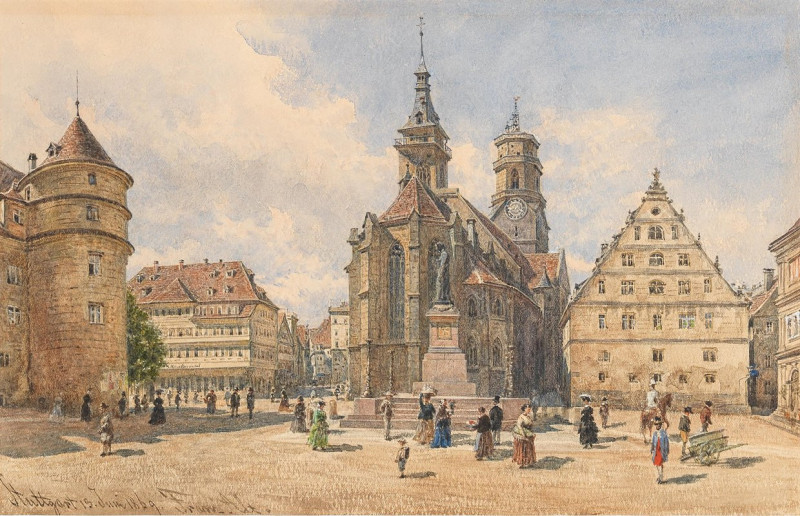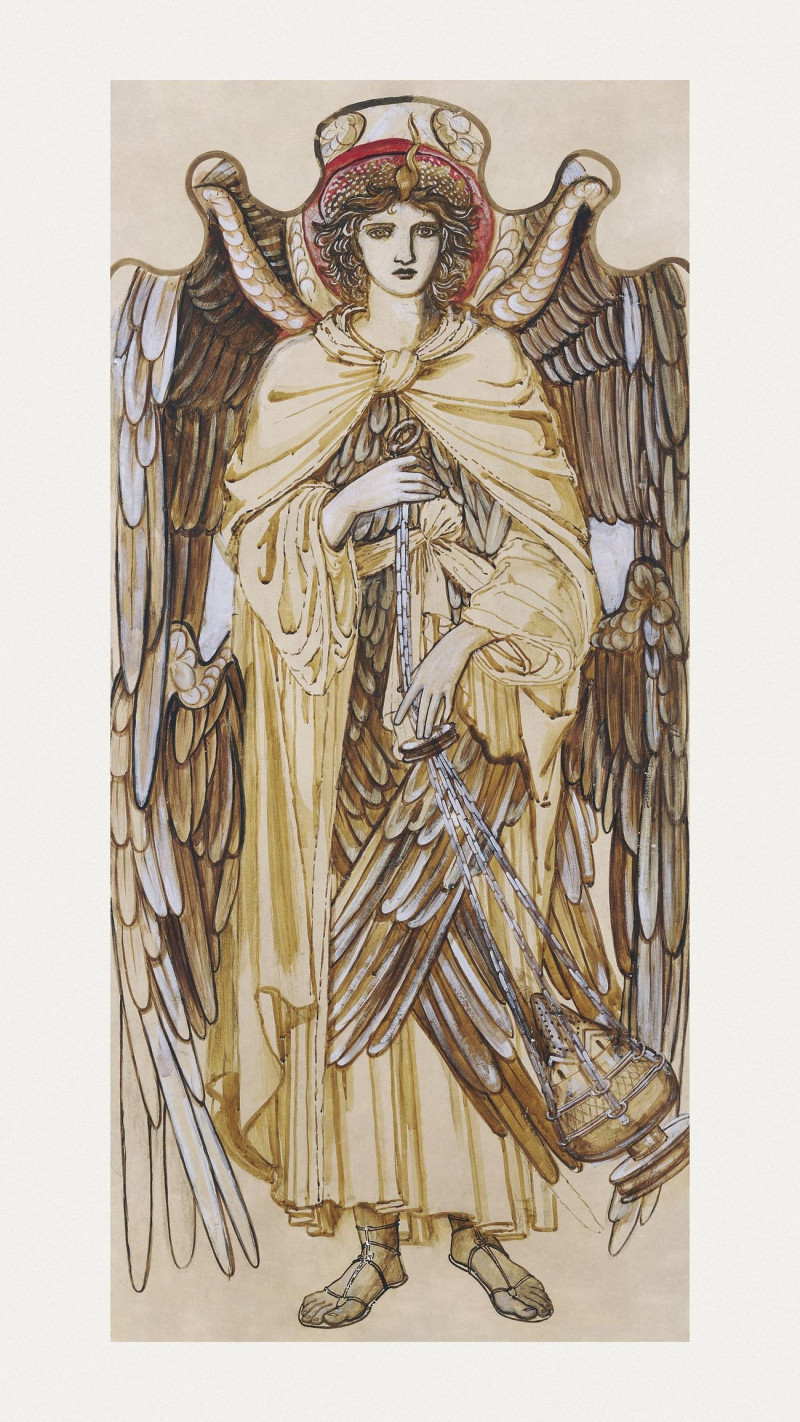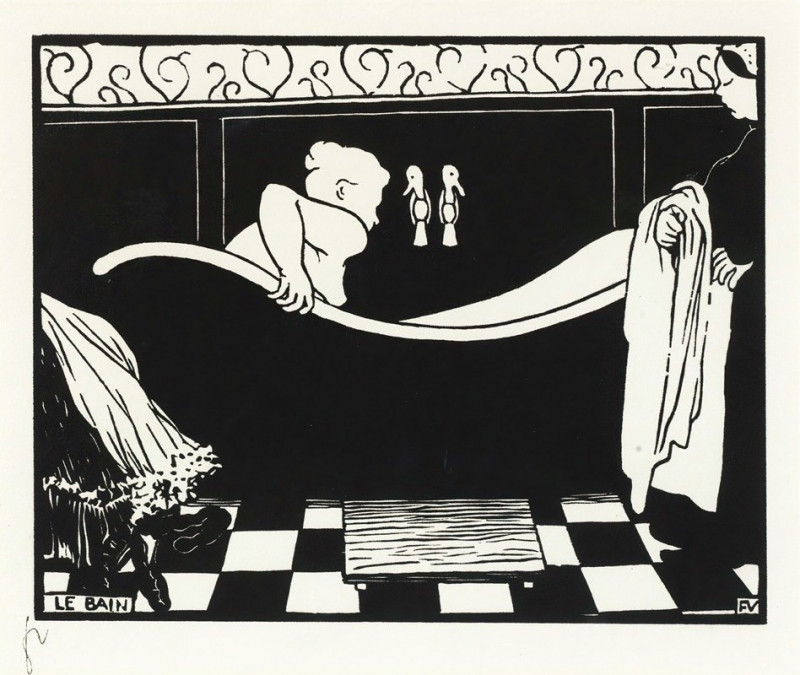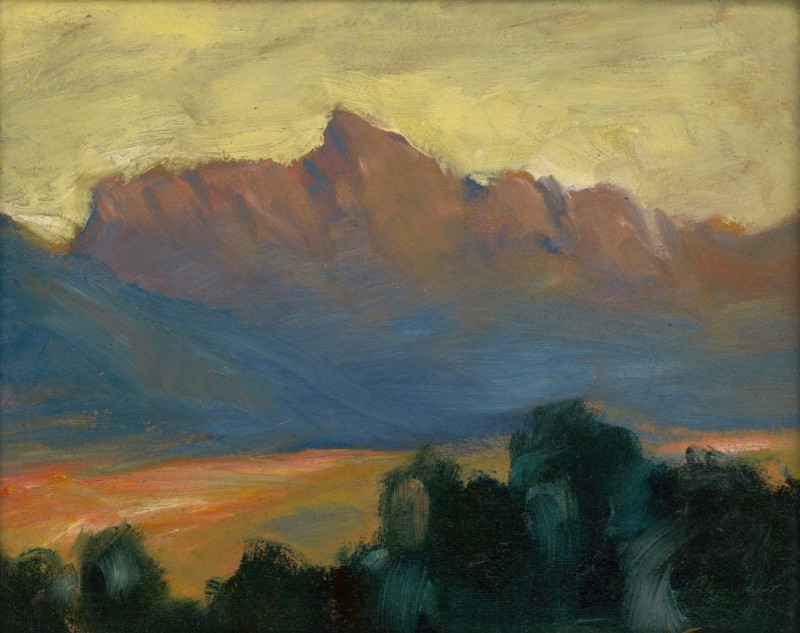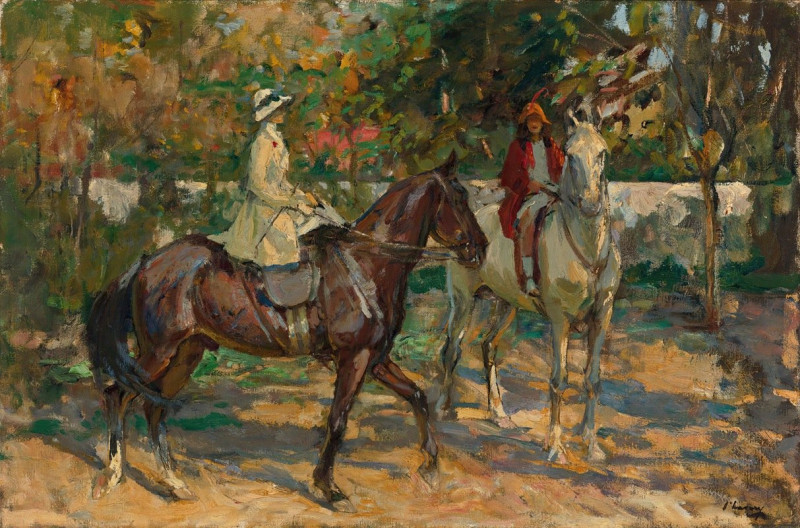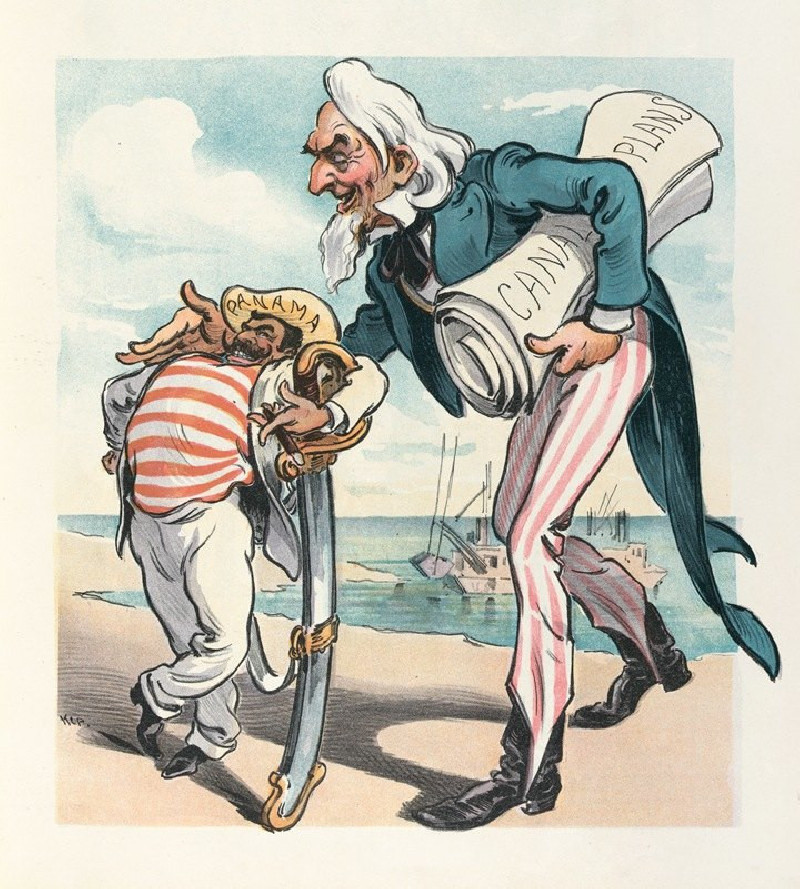Homeward
Technique: Giclée quality print
Recommended by our customers
More about this artwork
George Inness' painting, titled "Homeward," presents a serene and evocative portrayal of rural life that tugs at the viewer's sense of nostalgia and tranquility. Painted in 1865, this masterpiece highlights Inness' profound ability to capture the mood and atmosphere of a landscape intertwined with human activity.In "Homeward," we witness a pastoral scene at dusk, where the light dimly lingers over a quiet countryside. At the heart of the composition is a figure, a farmer, accompanied by two cows making their way along a worn path. This journey symbolizes the end of a day's labor heading back home, a universal theme that resonates deeply about return and resolution. The farmer, with a stick in hand, guides the cows through the landscape, depicting a harmonious interaction between man and nature.The background is skillfully rendered with muted tones of browns and greens, blending seamlessly into a cloudy sky that promises the fall of evening. Bare trees and a few discreet patches of greenery suggest the setting of late autumn or early spring, a time of transition and quietude.Inness' use of soft brush strokes and a restricted color palette conveys a sense of peace and timelessness, inviting the viewer to reflect upon the simpler moments of life. The vague outlines and the impressionistic touch enhance the overall sentimentality of the scene, making "Homeward" not just a visual, but an emotional journey.This painting by George Inness is more than a scenic depiction; it is a poignant reminder of the enduring rhythm of daily life in the countryside, resonating with anyone who views it.
Delivery
Returns
George Inness (May 1, 1825 – August 3, 1894) was a prominent American landscape painter.
Now recognized as one of the most influential American artists of the nineteenth century, Inness was influenced by the Hudson River School at the start of his career. He also studied the Old Masters, and artists of the Barbizon school during later trips to Europe. There he was introduced to the theology of Emanuel Swedenborg, which was significant for him; he expressed that spiritualism in the works of his maturity (1879–1894).

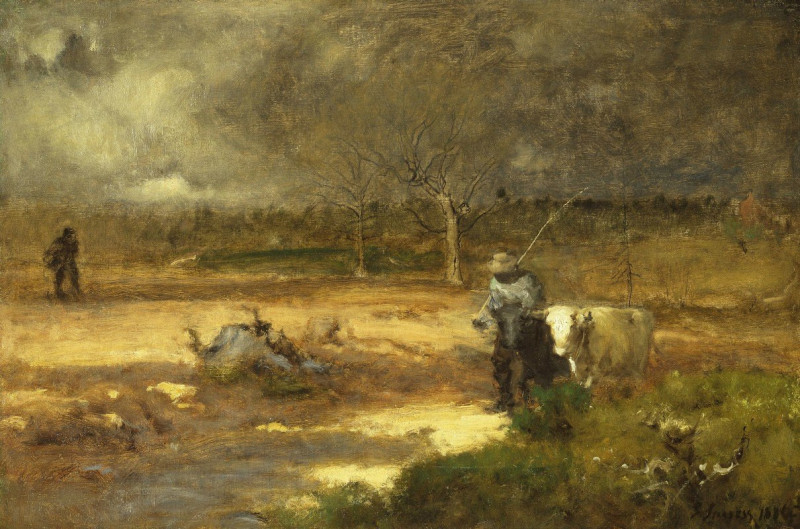
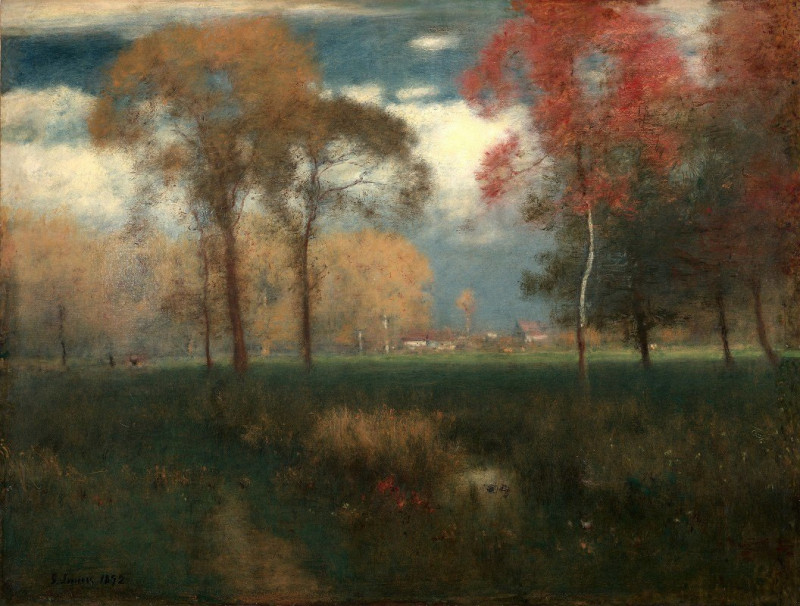
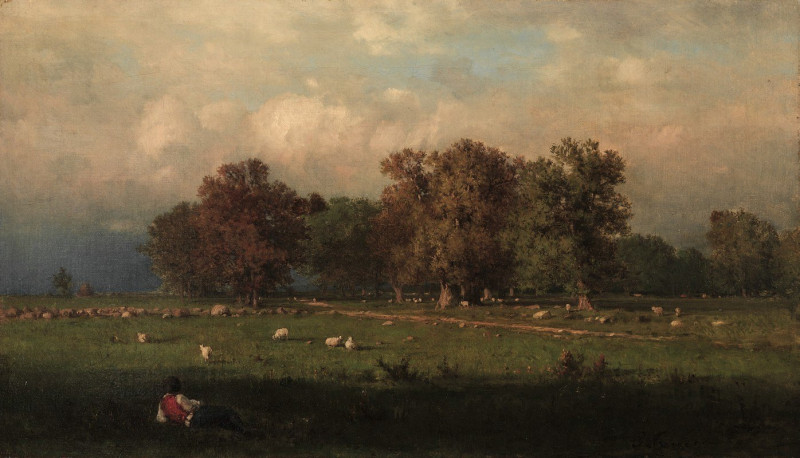
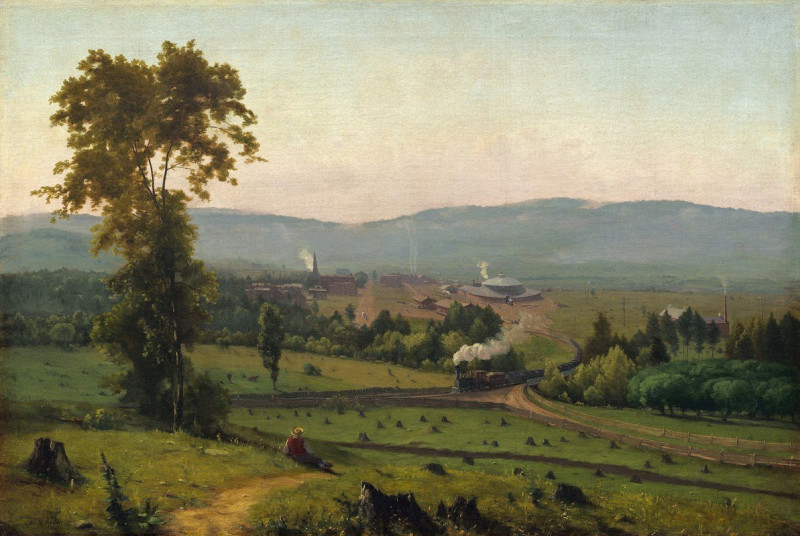

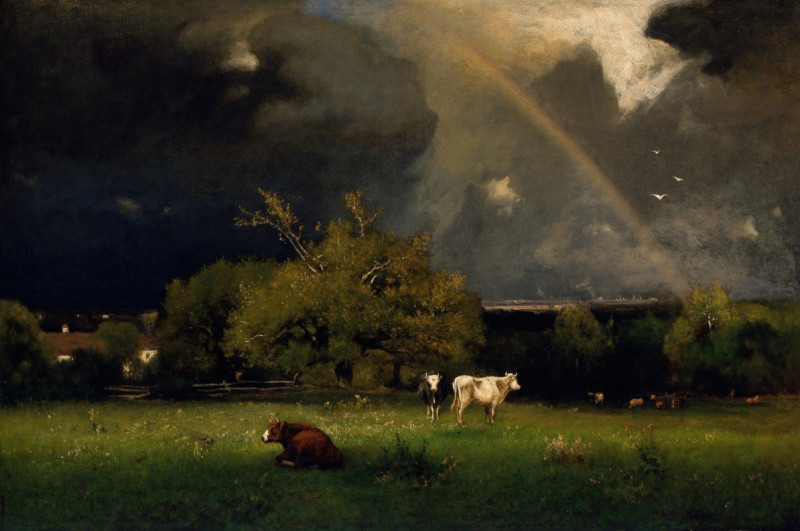
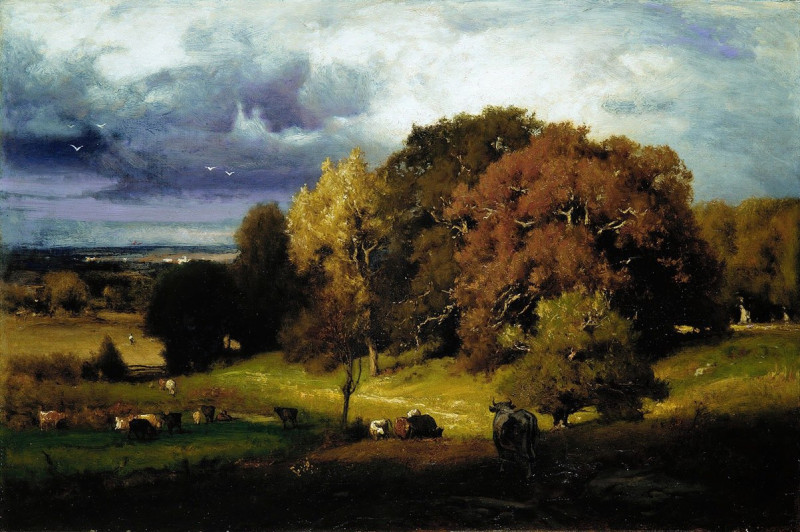
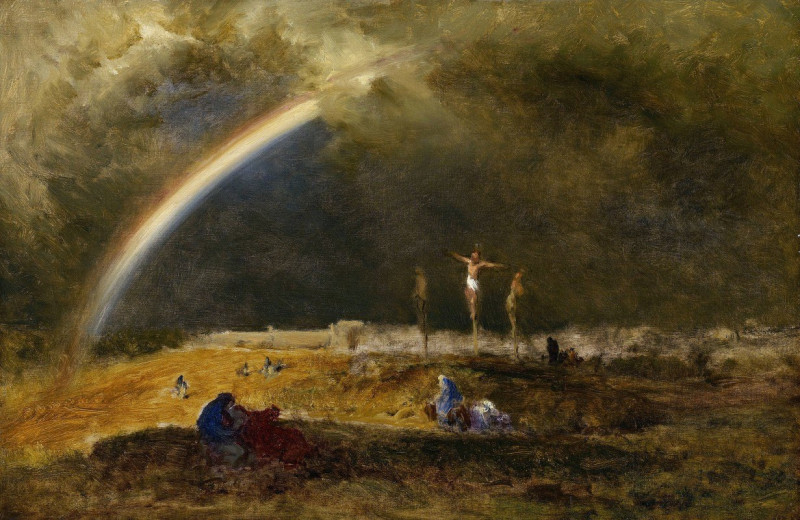
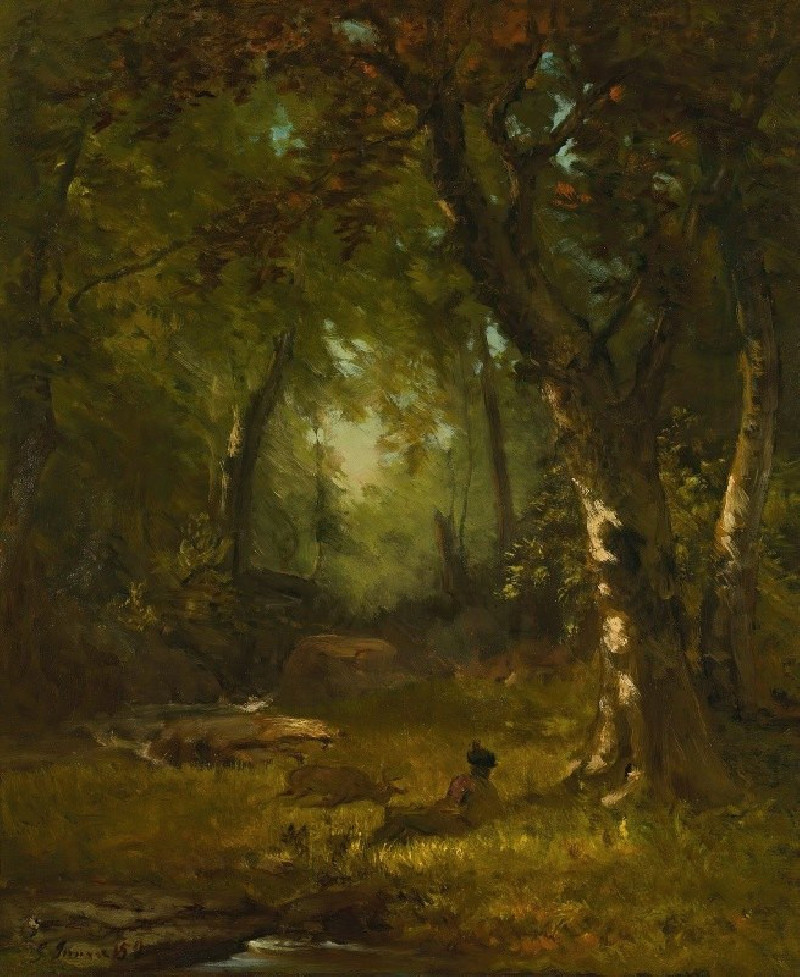
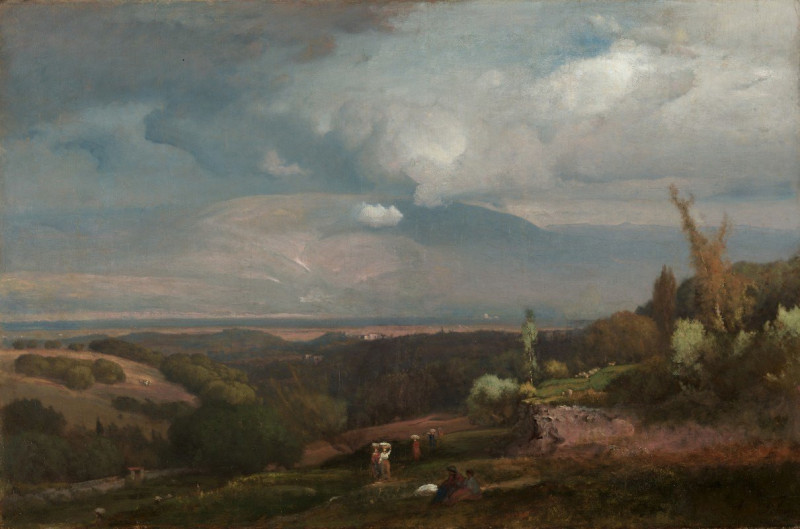
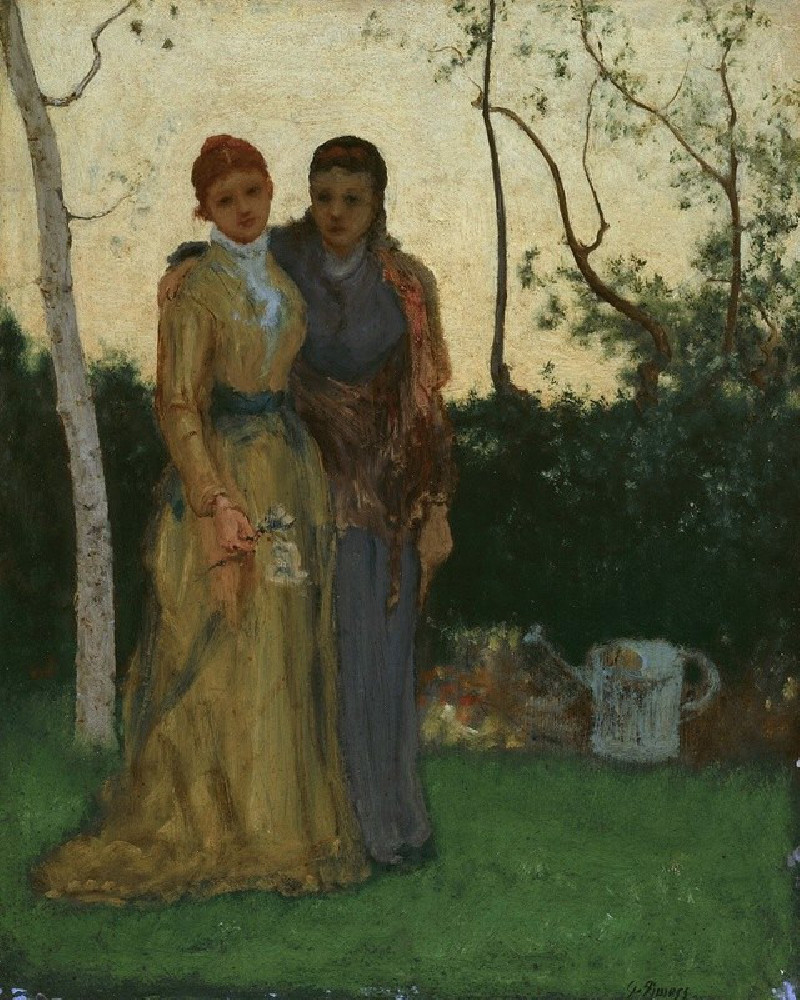
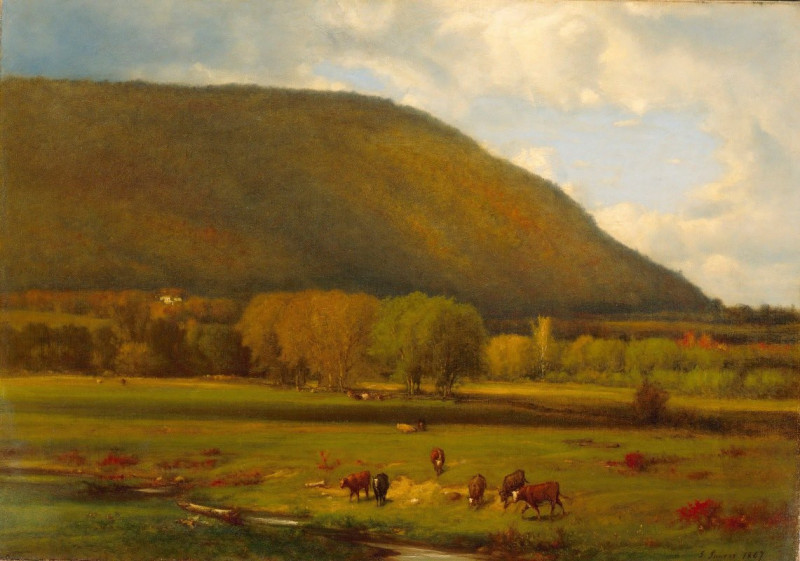
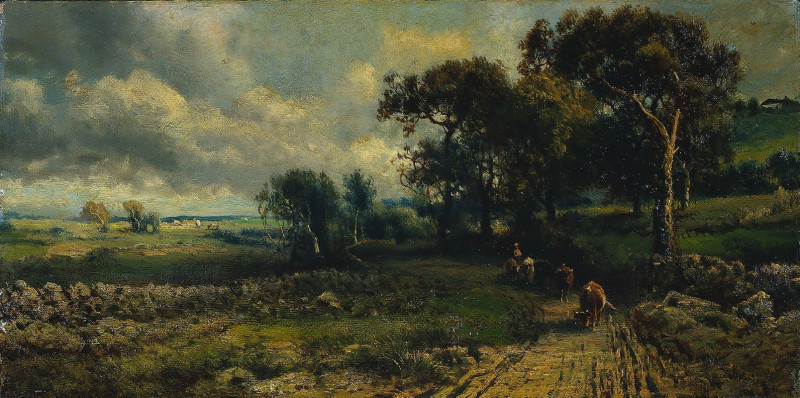

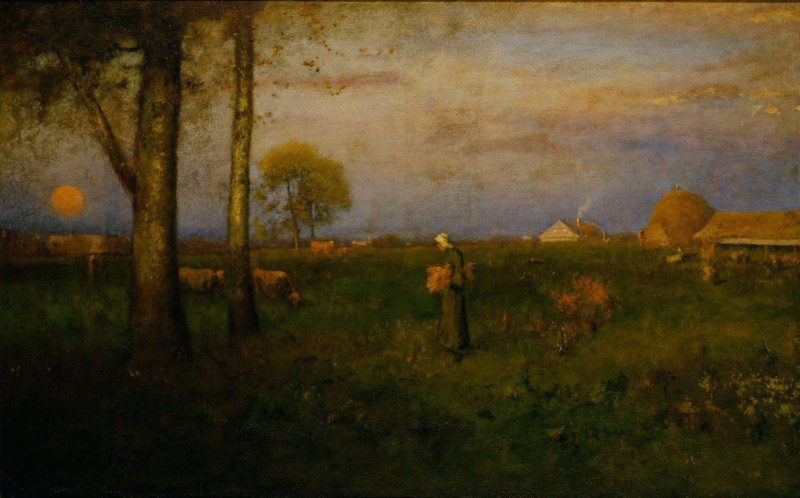

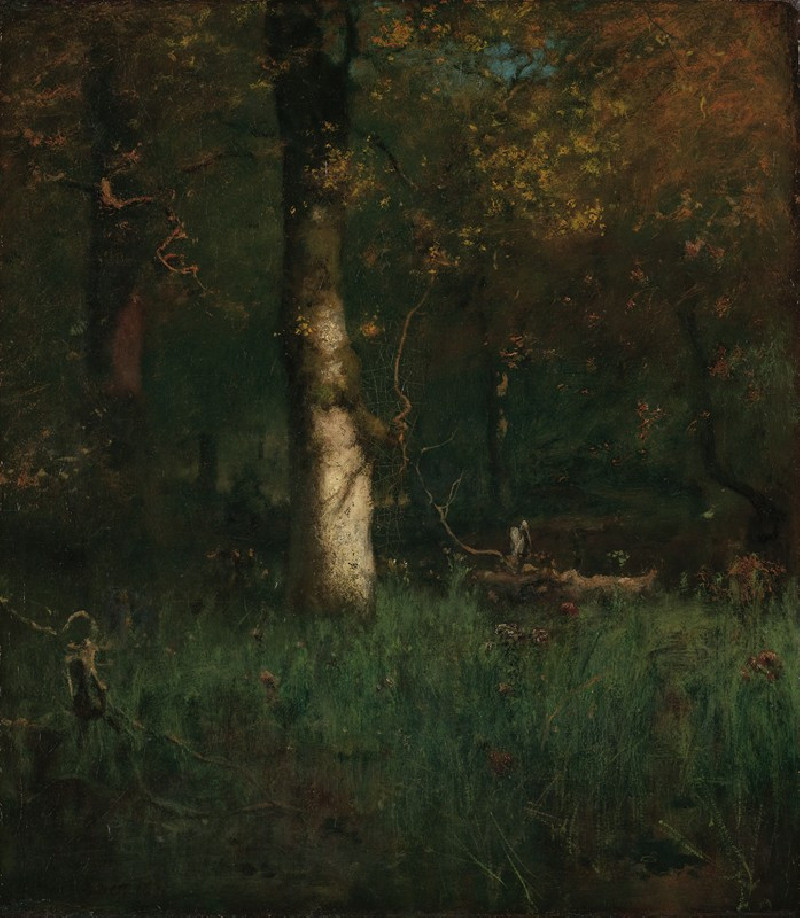

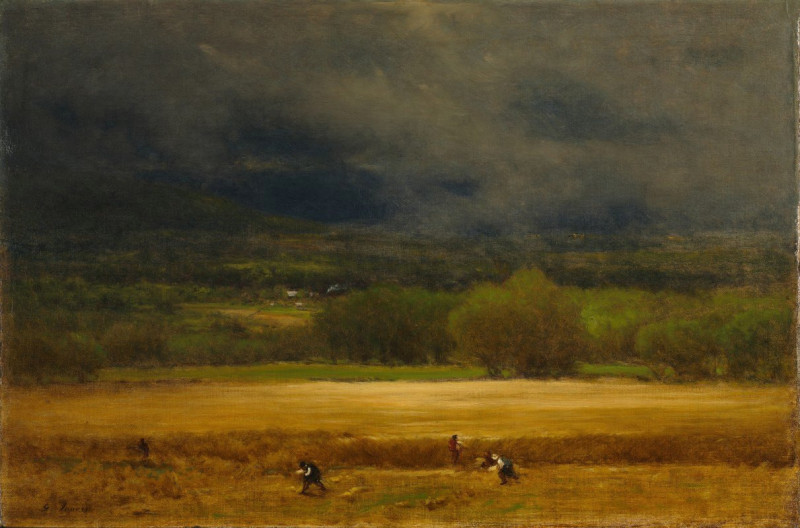
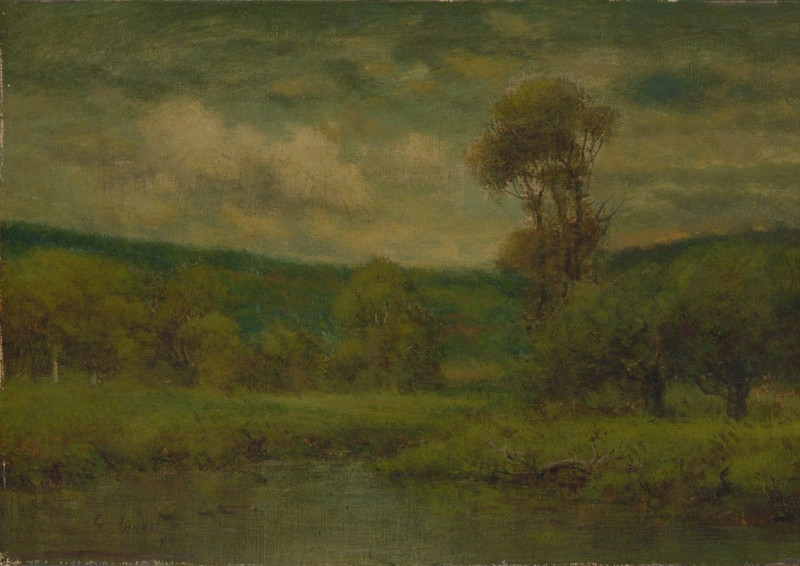


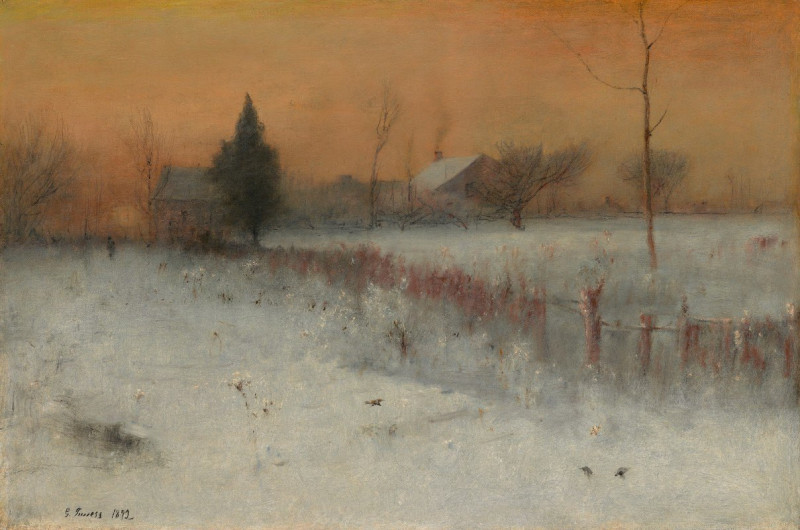
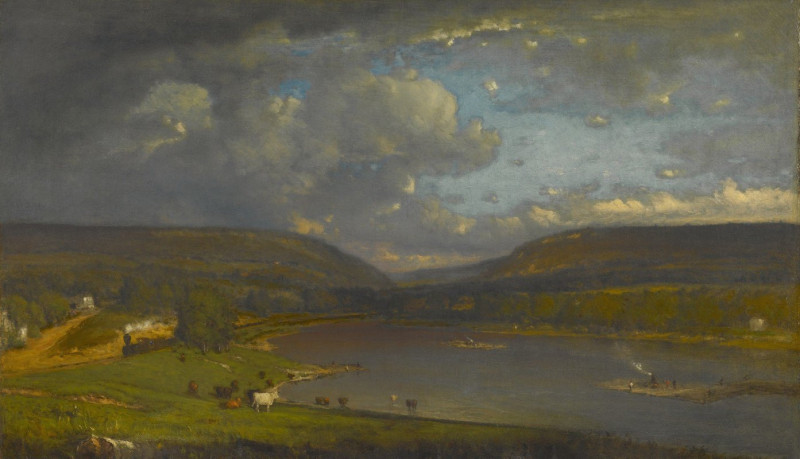
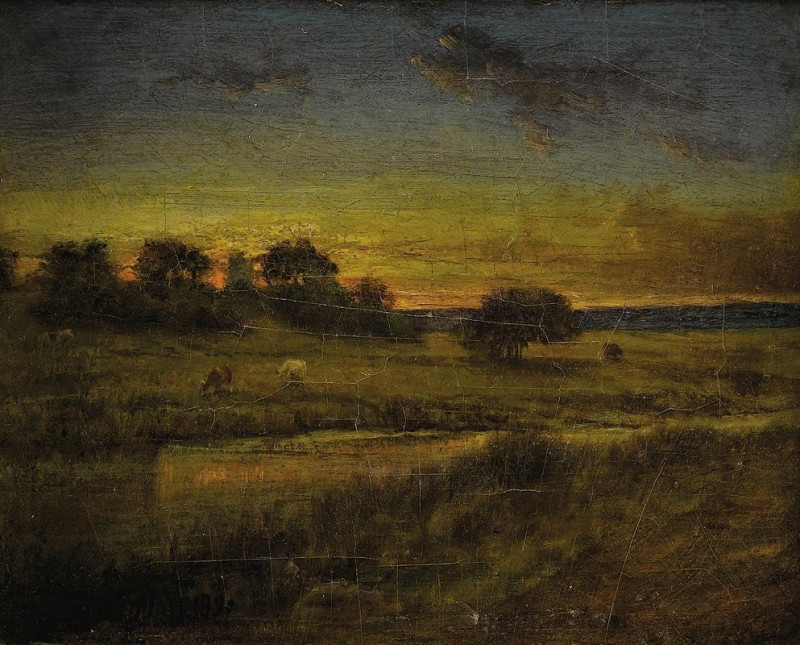
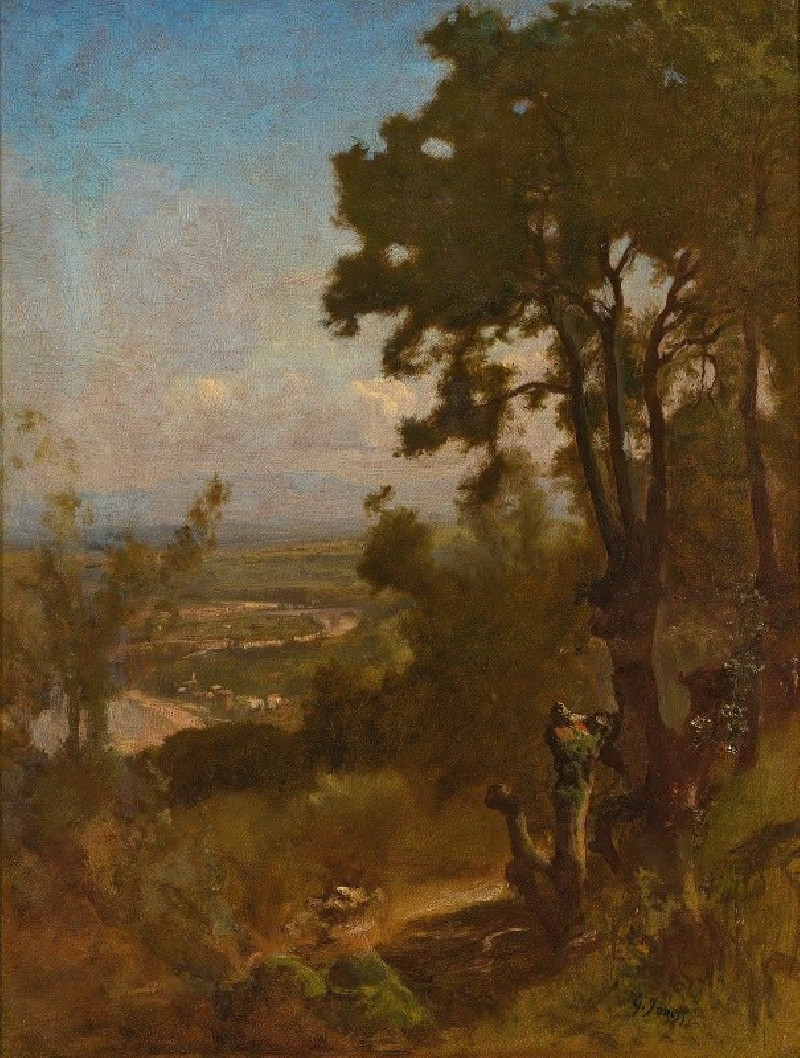
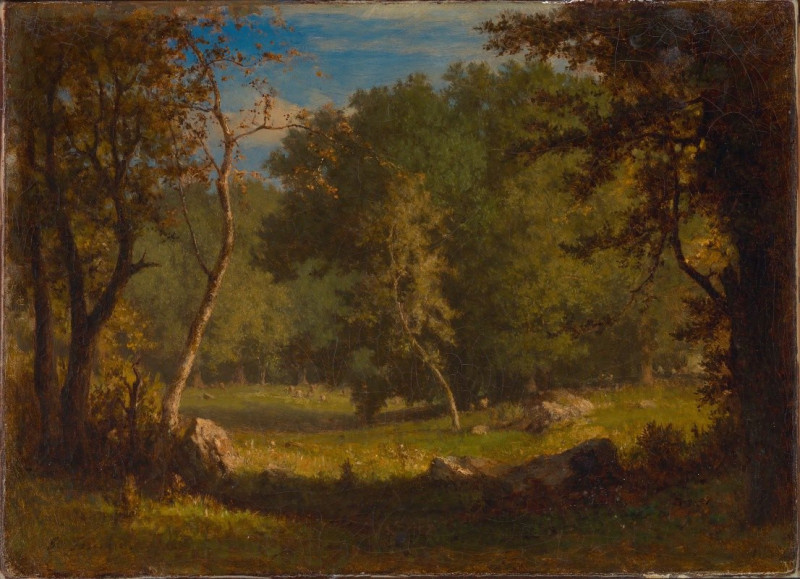
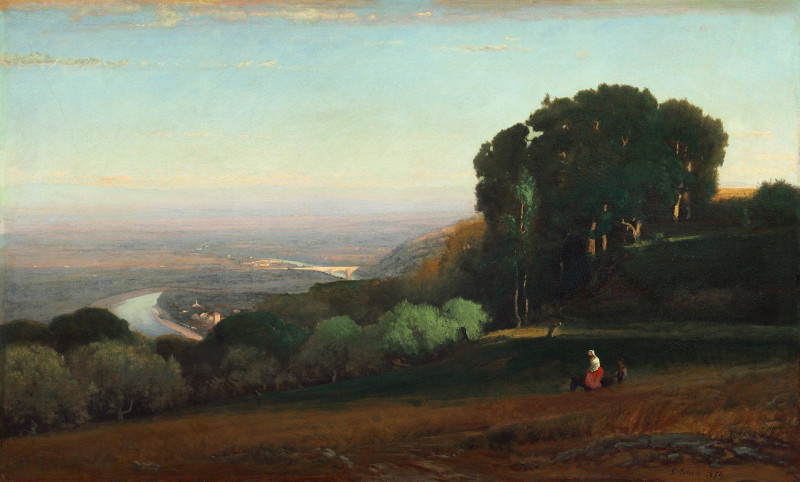
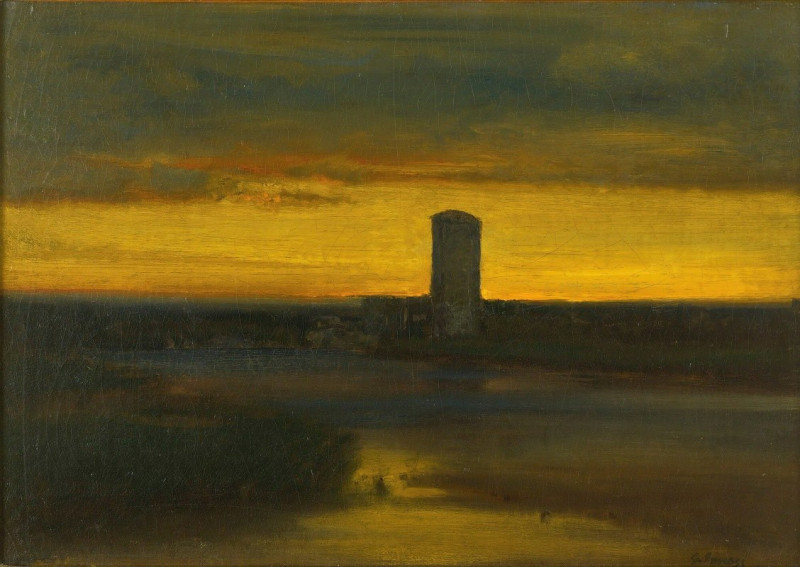

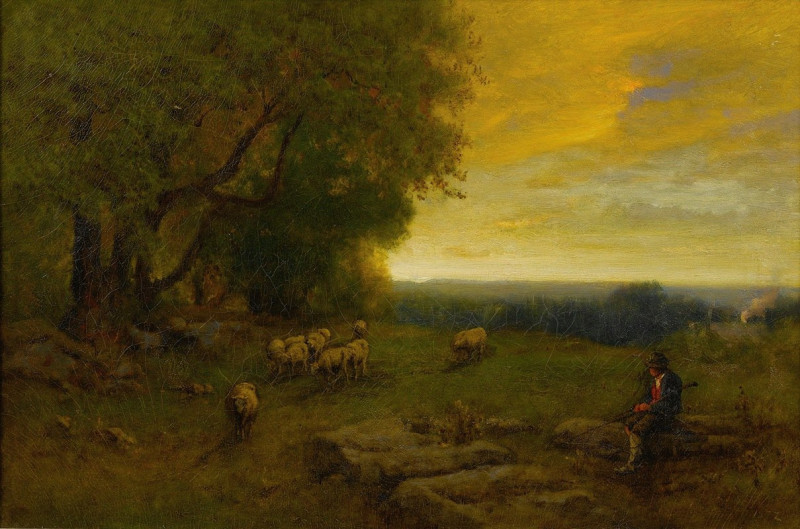
![View Above Poonaka [Punakha] reproduction of painting by Samuel Davis. ALL GICLEE PRINTS](https://reprodukcijos.lt/49426-large_default/reproduction-of-view-above-poonaka-punakha.jpg)
